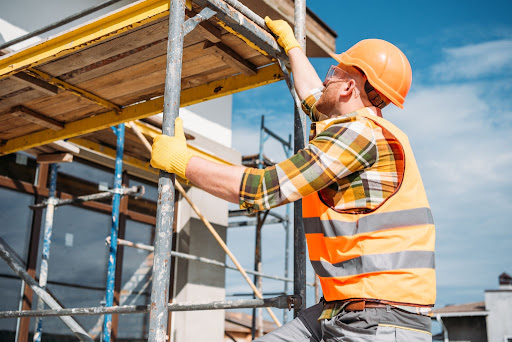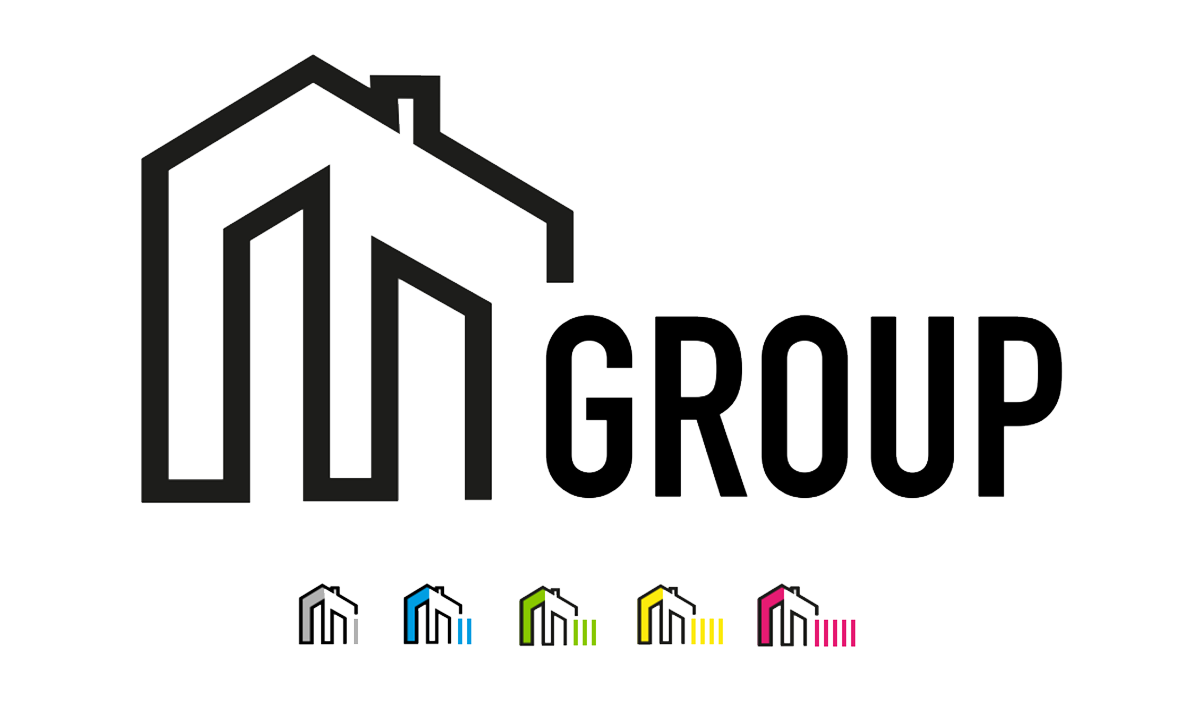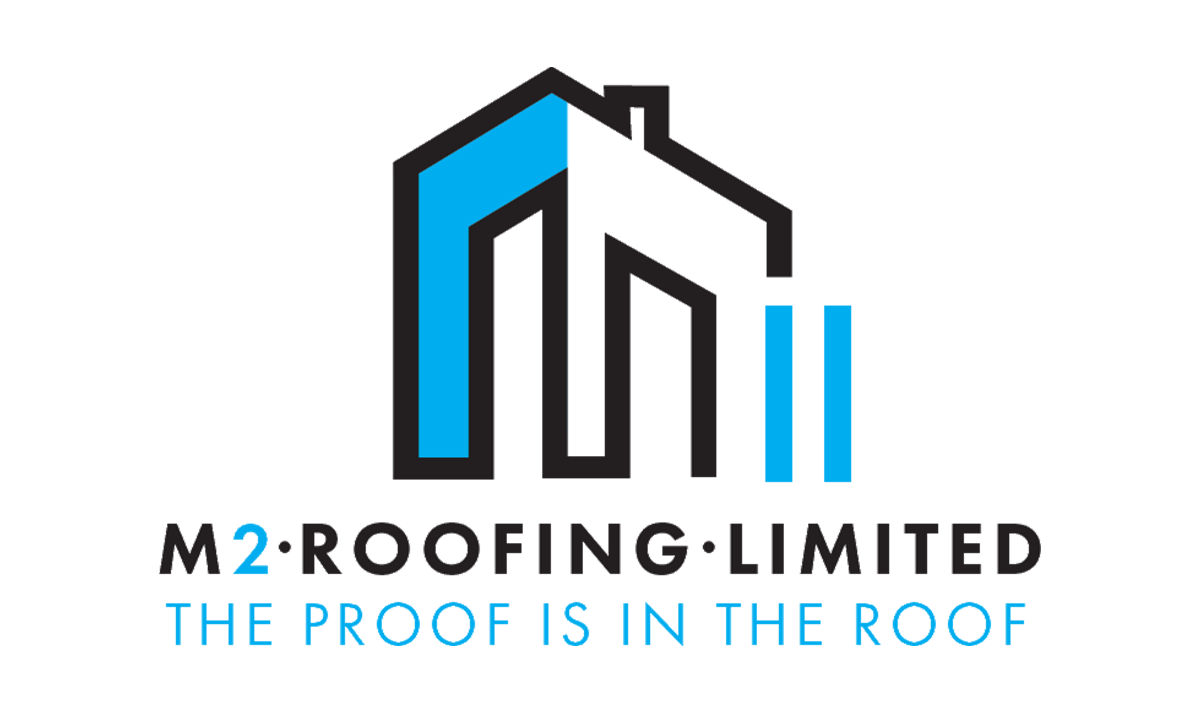Scaffolding Safety Tips and Hints
When you’re working with scaffolding of any kind, you already know that safety is of utmost importance. While the equipment itself is there to keep you safe, you can’t just install it and expect it to do its job without a little effort on your part.

To be sure, there are things you must do to keep yourself and those around you as safe as possible, and it doesn’t end with having the right scaffolding. In fact, that’s where it begins in many ways.
If you’re interested in learning some of the ways to make sure that your scaffolding is as safe as possible 24 hours a day, seven days a week, below are some tips you should follow.
1. Always Use the Proper Safety Equipment
Just because you’re on scaffolding doesn’t mean that you don’t need the right safety equipment.
Regardless of how safe the scaffolding is, you’ll still need personal protective equipment or PPE.
This includes a hard hat to protect you from falling objects, non-slip footwear so that you don’t trip and fall and fall arrest equipment.
In other words, you have to work as if you’re in a potentially dangerous place and there is no scaffolding to fall back on.
Take all the precautions you can, in other words.
2. Build the Scaffolding Properly
From the very beginning, the scaffolding has to be put together the right way so that it is safe for both the workers and for the people around the worksite, including pedestrians.
The first thing you should do is follow the manufacturer’s instructions to the letter so you don’t miss anything important.
You should also use the right bracings and fasteners, include guard rails whenever and wherever possible, and never mess with any power lines that are nearby as you’re putting the scaffolding together.
3. Always Keep Your Space Tidy
Tidiness always equals safety, so keeping your work area tidy at all times is crucial.
Keep the entire work area free from any and all obstructions, which includes debris, work tools, waste materials, and anything else that you find around the job site.
A clean and neat workspace is what you want, and you’ll likely have to check it every day, sometimes more than once a day, to make sure that it stays clean, neat, and safe at all times.
4. Learn All of the Proper Standards and Regulations
The rules and regulations regarding work sites vary from city to city and location to location, even though many of the basic rules are the same wherever you go.
Not only do the rules and regulations vary by city and area, but they also vary by industry.
Whether you’re in construction or roofing, domestic or commercial work, it is your responsibility to make sure that you are fully aware of what is required of you from a legal standpoint.
Fortunately, you can find out most of these things either online or through your supervisor.
5. Work Hard to Prevent Internal Falls
When you’re erecting the scaffolding, internal falls are always a possibility.
One of the ways to make the area much safer is to full-deck each of the lifts.
If you place a full deck of planks at each lift and position the planks on the next lift from a standing position when it’s a full-decked platform, the entire area is much more secure.
How to check for faulty scaffolding:
In fact, if you leave each lift full-decked and in place for the entire project and do not do anything with it until it is ready to be dismantled at the end of the project, internal falls are much less likely to happen.
6. Always Have a Safety Checklist Ready
Before your scaffolding is built, you should make yourself aware of any potential hazards that might occur.
Make a checklist so that you can keep track of things such as footings (are they level and rigid?), the foundation (can it support the scaffolding?), the jacks and baseplates (are they fully secure?), and the condition of each scaffolding component before you begin construction.
Power lines should be far enough away to prevent that type of damage, and you should check the condition of all parts and accessories as well.
7. Make Good Use of Handrails
Scaffolding safety includes attaching handrails to at least three sides and making sure those handrails face away from the building if the scaffolding is ten feet or more from the ground.
You should also have a bottom (toe board), mid, and top rails for extra safety.
All workers should have a handrail that is roughly three feet in size around them at all times, and if you do have to remove any of the handrails temporarily, make sure that you replace them as quickly as possible.
8. Regular Inspections and Maintenance Are Important
These should include checking the braces and frames, working surfaces and beams, welding points and connecting pins, couplers and beam clamps, and signs of corrosion or any type of damage to items such as wire ropes, motors, and platforms.
Regular inspections will alert you to problem areas before they become too dangerous or too expensive to repair.
9. Always Be Aware of Your Load Limits
All scaffolding designs and materials are made to withstand specific load-bearing capabilities.
This means that if you choose components that aren’t sufficient for the loads you’re going to use, it can be a serious risk to employees.
You may even experience platforms that break or collapse, and this can cause serious injuries or even a fatal fall.
To avoid this, make sure that you check out and inspect each and every part and accessory so that the entire structure keeps people safe.
10. Always Be Mindful of the Weather
Even in perfect weather, workers need to be careful when working on scaffolding.
But certain conditions make it even more crucial to be careful, and this includes high winds, storms, harsh weather conditions, or anything that can pose a threat to workers.
Even light rain can be dangerous, so regardless of what the weather or the temperature is like as you’re working, it is imperative to be mindful of the conditions and make sure you practice caution at all times.




